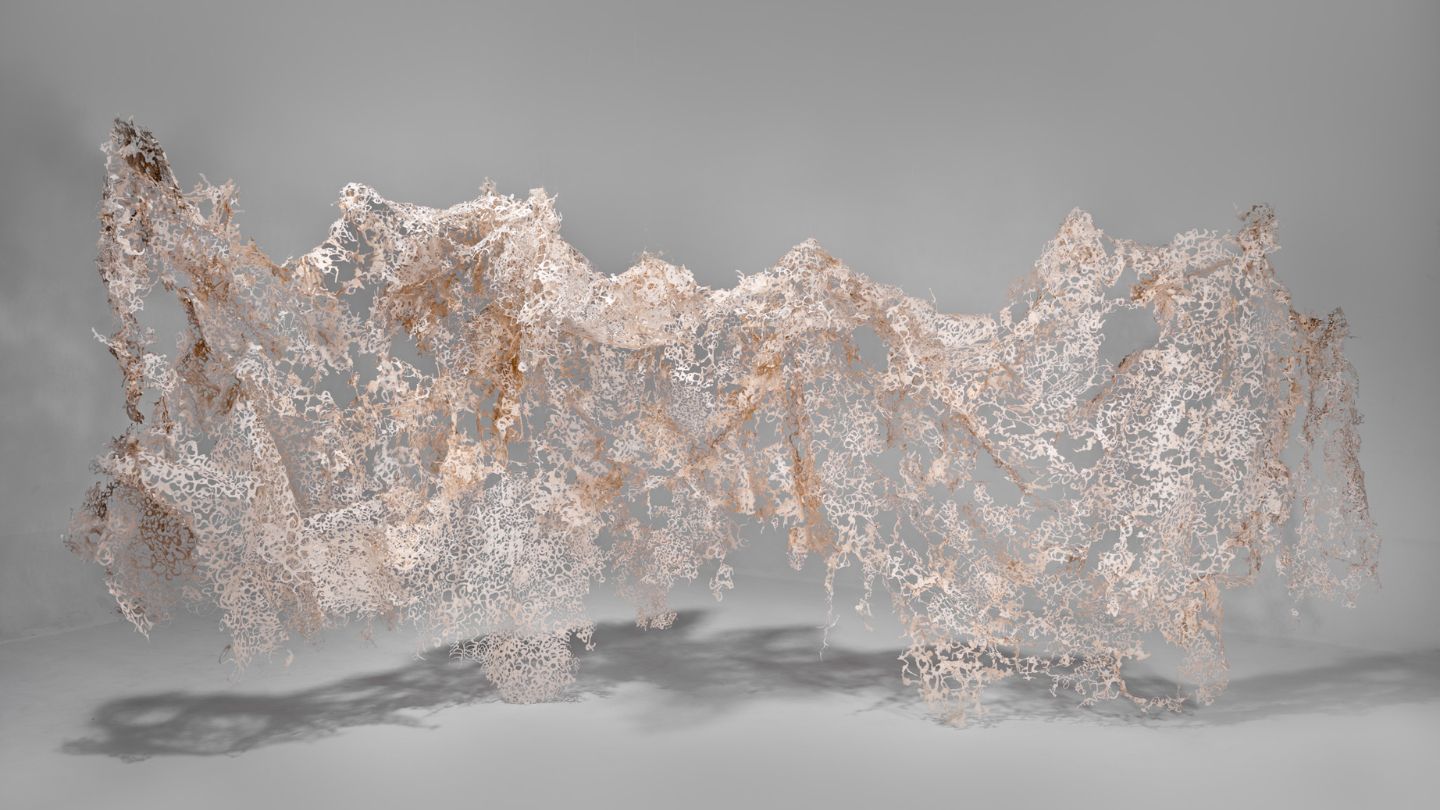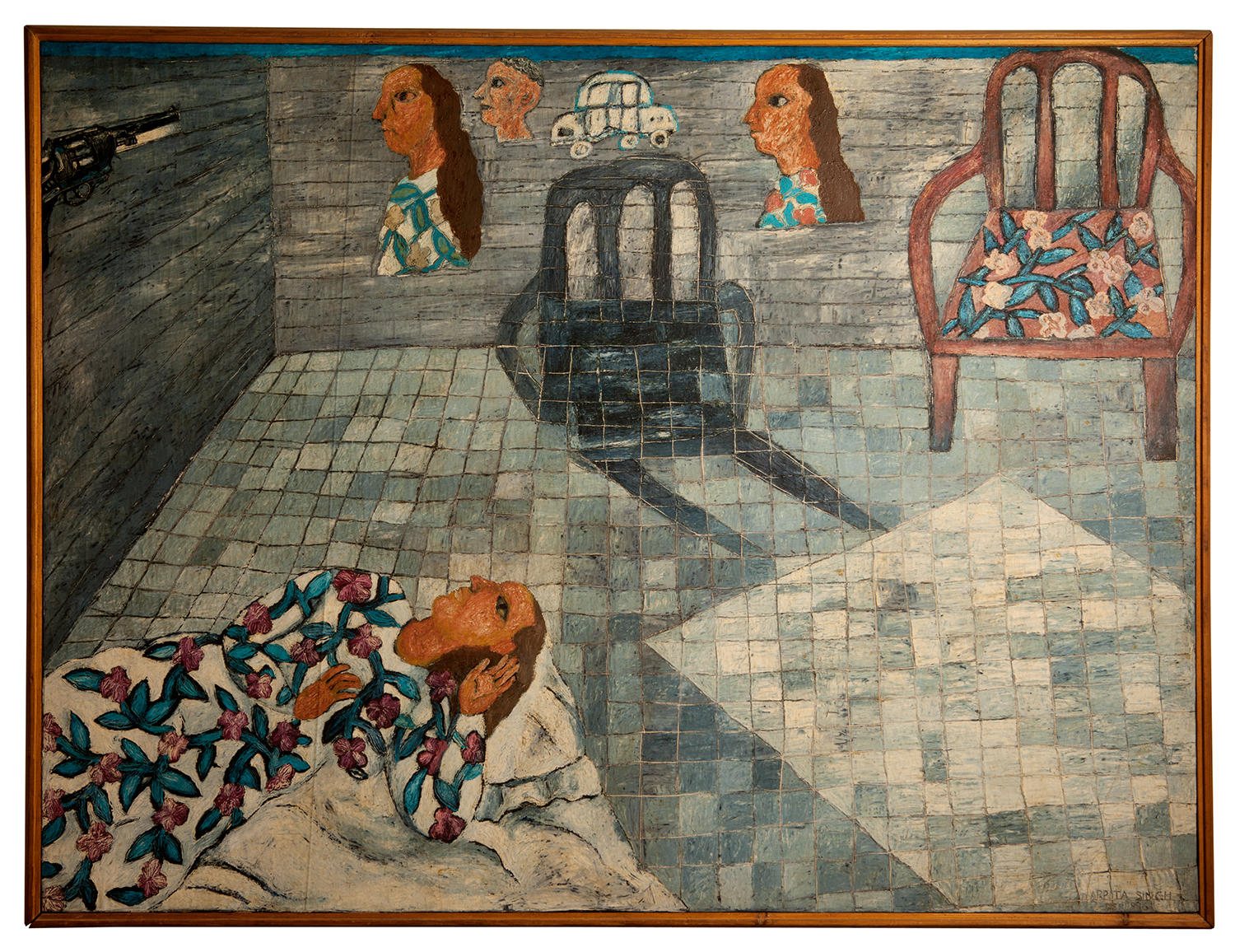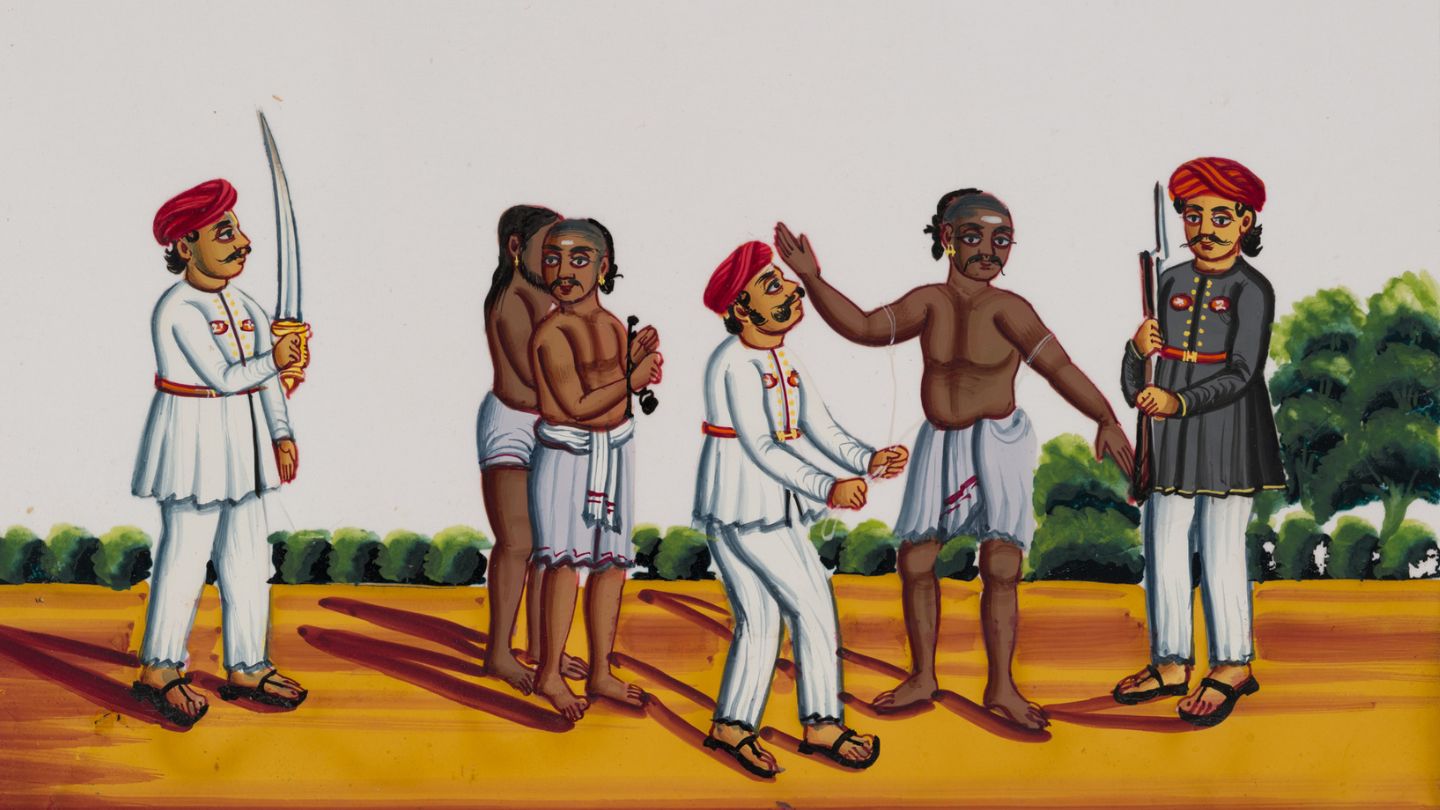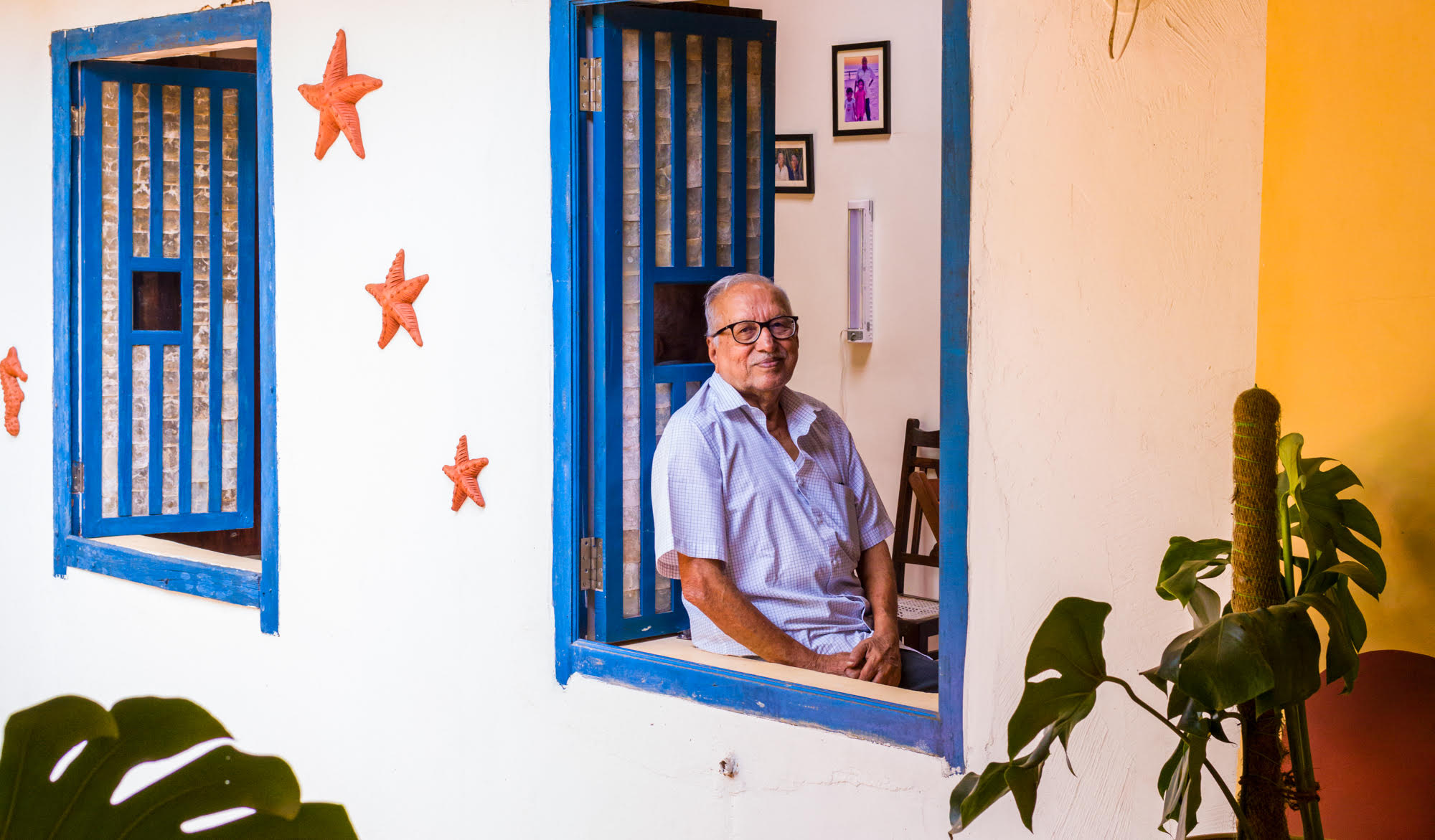Blogs
A Quietness in Black and White
Rahul Mahesh
A review of the book Edge of Faith, featuring photographs by Indian photographer Prabuddha Dasgupta and an accompanying essay by historian William Dalrymple.
In the pantheon of Indian photographers who have made a name for themselves, Prabuddha Dasgupta’s name turns heads like no other: be it his swashbuckling glamour images for lifestyle magazines from the 1990s, or the controversies that have followed him through his storied career. But beyond all is a man who thought of photography as a medium of expression that is best expressed through its simplicity. His work extends an inviting glance into the world of a simple and reclusive mind that works beyond what meets the eye. The tasteful yet provocative imagery in his first book Women (1996) focused on femininity and sexuality in a manner that was uncommon for the time. A conversation regarding womanhood, eroticism and sexuality that goes beyond the crass analogies that are often bound to these topics. A tasteful and poignant interpretation of what it means to be yourself in its truest sense of the word is what comes to mind when we look at these images.
It is his later works like Edge of Faith (2009) that fully expresses the man behind the lens. The focus drifts from the lights and glamour of his glitterati days to the quaintness of humble homes in the Goan families of Portuguese descent. As the subjects envelop themselves within Dasgupta’s black and white frame, there is a melancholy and stillness that is echoed through the visual setting. The personal nature of this journey that Dasgupta has captured makes for an existential harmony that is different from what these themes usually encapsulate. The thematic concerns of this particular work are deeply attached to the loss of identity and the history of Goa as a Portuguese colony for nearly 500 years. The leftovers of a past subjugated under a colonial rule with forced conversions and coerced histories that are embedded in the story of Goa. The








